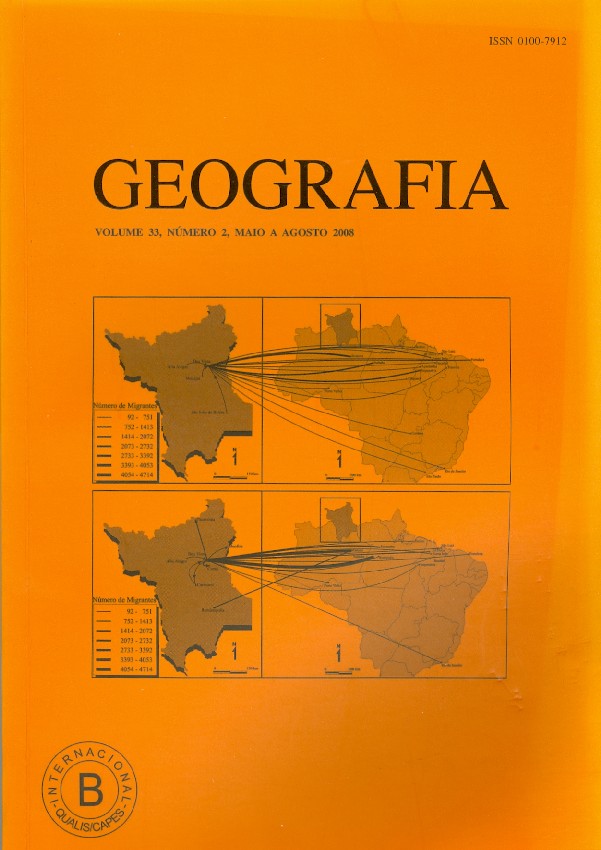Reading a forest of the past: The landscape of Macacu river basin Rio de Janeiro, Brazil in late eighteenth century and early nineteenth century
Abstract
Although in most cases it does not allow mapping, use of historical documentation is more and more accepted as a legitimate method for ‘reading’ past forested landscapes. This methodological way has been showing to be suited for reconstitution of older landscapes, as well as long-term changing processes. The aim of this study was to achieve reasonable estimates of the ancient forest landscape – both in spatial and structural parameters – of Macacu river basin (northeast of Recôncavo da Guanabara, Rio de Janeiro, Brazil), using primary documentation (administrative reports, official correspondence) and secondary documentation (specially travelers accounts and narratives) of last quarter of eighteenth century and beginning of nineteenth century, besides pertinent historiography. The results reveal that, if eighteenth century has witnessed, in fact, a turning point in the history of Brazilian, in general, and Rio de Janeiro’s, in particular, Atlantic Forest, with the beginning of deforestation rates exponentially higher, the Macacu basin seems to have been, even in the end of the century, a great “refugee” of the biome. Key words: Historical geo-ecology. Forest landscape. Macacu river basin. Late-colonial Rio de Janeiro (Brazil).Downloads
Published
Issue
Section
License
The authors maintain the copyright and grant GEOGRAFIA the right of first publication, with the articles simultaneously licensed under the Creative Commons BY 4.0 License, which allows sharing and adapting the articles for any purpose, as long as appropriate credits and provisions of image rights, privacy or moral rights. Other legal attributions can be accessed at: https://creativecommons.org/licenses/by/4.0/legalcode.en.
Geography, Rio Claro, SP, Brazil - eISSN 1983-8700 is licensed under the Creative Commons BY 4.0 License.





